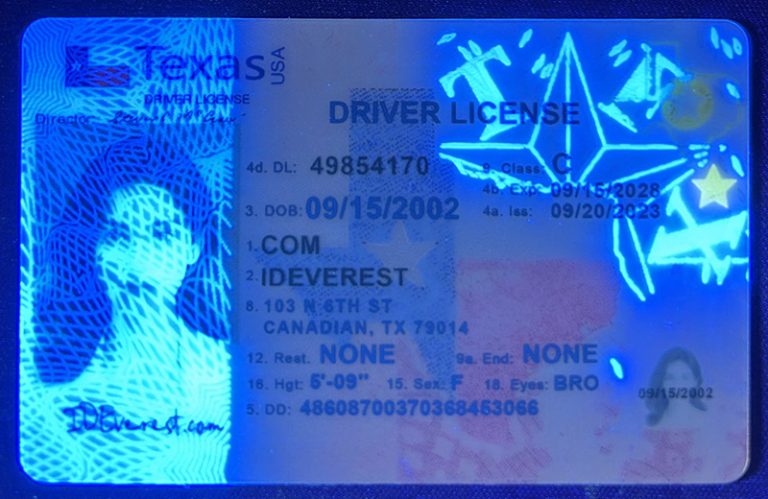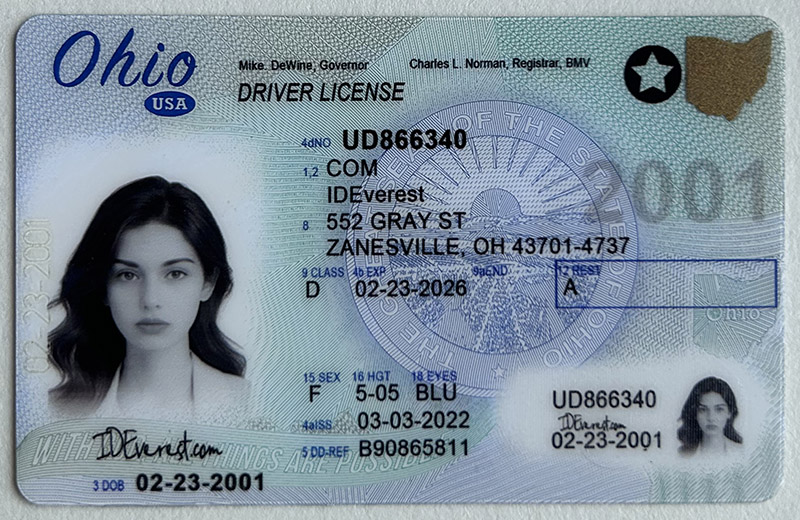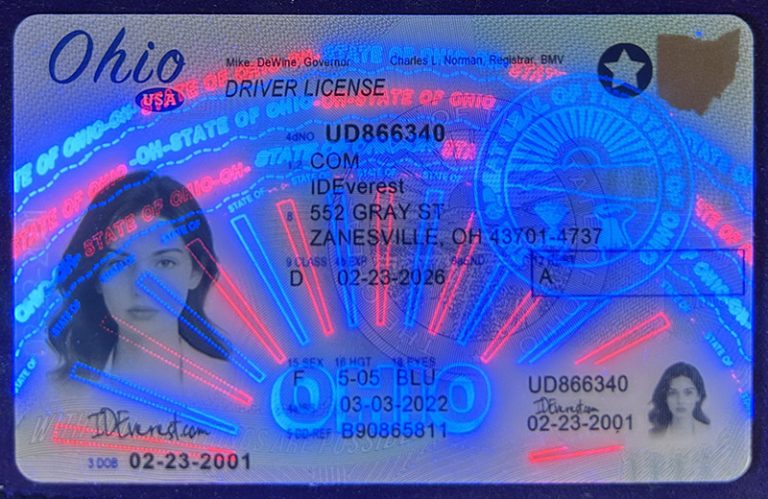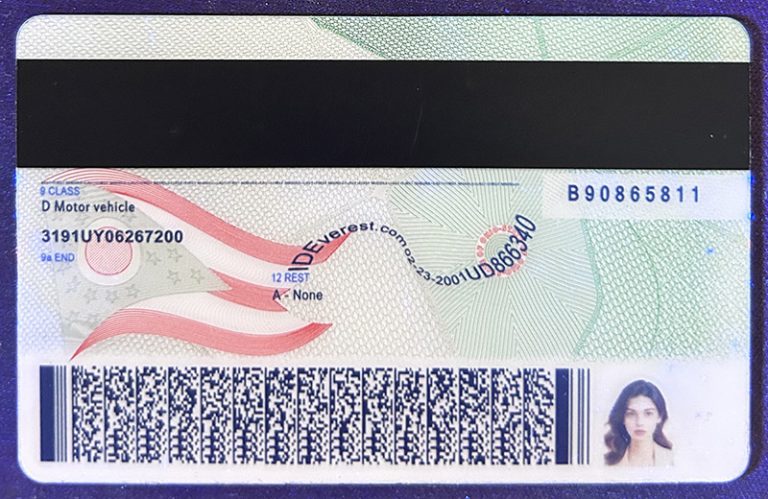The Role of Fake IDs in Informing U.S. Elections
The Role of Fake IDs in Informing U.S. Elections
The right to vote is fundamental to democracy, but many eligible voters face challenges due to lack of official identification. Texas fake IDs, while controversial, can provide a unique way for individuals who have difficulty obtaining official identification to participate in elections. This includes marginalized groups, new immigrants, low-income individuals, and young people, all of whom may face barriers to obtaining standard identification due to financial, administrative, or personal constraints.




Reduce Bureaucratic Barriers
For individuals who experience delays or complications in obtaining a state-issued ID, fake IDs can serve as a temporary solution to exercise their right to vote. In areas where IDs are not available due to lengthy application processes or high costs, this option provides these individuals with a way to avoid being disenfranchised.
Promote Inclusiveness and Diverse Representation
Enabling more people to vote with alternative forms of identification can produce electoral results that are more representative of the diversity of the population. When more eligible individuals are able to participate, representation of different socioeconomic, racial, and age groups is stronger, promoting policies that consider the needs of a wider society. This inclusivity strengthens the democratic foundation of “one person, one vote” and emphasizes the importance of every citizen’s voice.
Empowering Youth and First-Time Voters
Young voters, especially those who have just turned 18, may not have access to a driver’s license or other official ID, but they often want to participate in the voting process. With a California Fake ID, these first-time voters are able to participate in civic life more quickly, fostering a sense of responsibility and involvement in shaping the future.




Enhancing Community Participation
Broader access to voting encourages communities to participate in the electoral process collectively, especially in areas where residents may be marginalized by documentation challenges. By giving more people a means to participate, fake IDs can foster a sense of belonging and civic responsibility, helping communities feel empowered and invested in political outcomes.
Despite their controversial nature, fake IDs can sometimes provide a way for people from diverse backgrounds to make their voices heard in the electoral process. For those who have difficulty obtaining traditional identification due to financial, bureaucratic, or personal barriers, these alternative forms of ID can empower them to participate in elections. This inclusivity helps ensure that election results reflect a broader community perspective, incorporating the views and needs of marginalized and underrepresented groups. By encouraging more people to participate, more diverse voices can be represented, ultimately leading to policies that better serve the interests of all communities.
The presence of fake IDs in the electoral process, while problematic, can inadvertently drive improvements to electoral systems. As election officials become aware of the potential for ID misuse, they may be prompted to strengthen verification measures. This could lead to the implementation of stronger identification protocols, such as biometric verification or advanced technologies for verifying identity, thereby strengthening the overall security and transparency of the electoral process.




Additionally, increased scrutiny of IDs could encourage policymakers to reevaluate existing voting laws and ID requirements. This could lead to more accessible and fair voting practices, given the barriers faced by many eligible voters, including those from marginalized communities. In response to the challenges posed by fake IDs, election agencies may adopt reforms aimed at creating a more inclusive and fair voting environment.
Ultimately, while fake IDs present challenges, they can also be a catalyst for systemic improvements, leading to an electoral framework that is not only secure but also more representative of the diverse populations it serves. By facilitating conversations about identity verification and voter access, the presence of fake IDs can help pave the way for more effective and inclusive electoral systems.
The prevalence of fake IDs in New York’s electoral process has important implications for the identity verification technologies used in elections. As concerns about voter fraud and identity misuse escalate, governments are increasingly compelled to invest in advanced verification technologies. This proactive approach not only seeks to prevent fraud, but also seeks to bolster public trust in the electoral process.
Invest in biometric solutions: Governments may adopt biometric verification methods such as fingerprint scanning or facial recognition to verify voter identity. These technologies provide a higher level of security than traditional ID checks, making it more difficult for individuals to successfully use fake Ohio IDs. By implementing biometric systems, election authorities can create a more secure voting environment and reduce the risk of identity fraud.




Enhance digital ID systems: The demand for more reliable identity verification can drive the development of digital ID systems that integrate various forms of identity verification into a single secure platform. Such systems can streamline the voting process, improve the accuracy of identity verification, and make it easier for legitimate voters to participate while preventing fraudulent activity.
Leverage blockchain technology: Blockchain technology offers the potential for secure and transparent voting systems. By leveraging a decentralized ledger, governments can create a tamper-proof record of voter identity and participation. This not only enhances security, but also increases transparency in the election process, allowing for better audit trails and greater public confidence in election results.
Public education and awareness: As new technologies are introduced, public education is critical to promote understanding and acceptance of these systems. Governments can launch awareness campaigns to educate citizens on the benefits of advanced verification technologies and help ease fears and concerns about privacy and security.
Enhances Public Trust: Ultimately, by investing in cutting-edge verification technology, governments can strengthen the integrity of the electoral process. When citizens see that there are strong measures in place to prevent fraud, their trust in the system increases. This trust is critical to encouraging voter participation and ensuring elections are seen as fair and legitimate.
Enhances Community Participation Wider access to voting encourages communities to participate collectively in the electoral process, especially in areas where residents may be excluded due to documentation challenges. By giving more people the opportunity to participate, fake IDs can foster a sense of belonging and civic responsibility, helping communities feel empowered and invested in political outcomes.
 A Night to Remember: Adventure
A Night to Remember: Adventure
 Title: Security Features of Ut
Title: Security Features of Ut
 Title: Texas Driver License Se
Title: Texas Driver License Se
 Fake Driver’s License Kansas
Fake Driver’s License Kansas